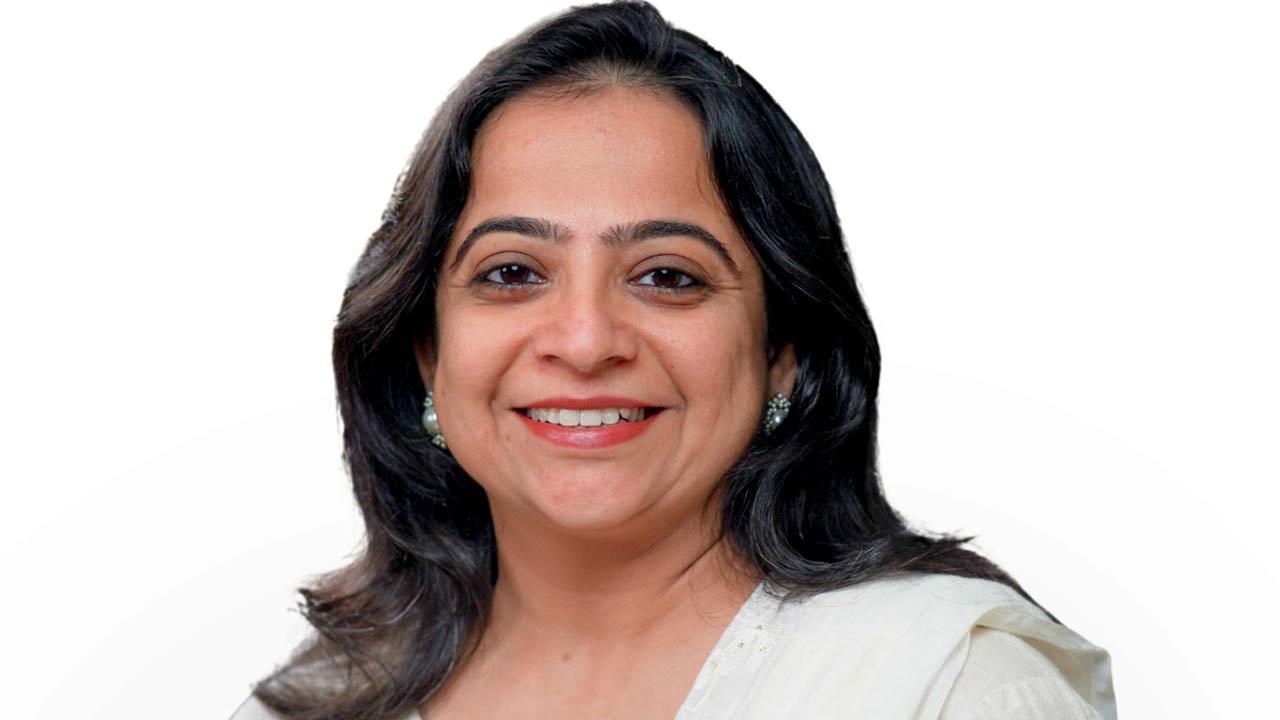Home / Sunday-mid-day / / Article /
‘Adults need to learn how to initiate safe-unsafe touch conversations’
Updated On: 25 August, 2024 08:22 AM IST | Mumbai | Anand Singh
Nehal Parekh, Senior Director of Programmes at Arpan, that deals with topics around child sexual abuse, says some parents hesitate in talking about personal safety, but need to level up

Nehal Parekh
Educating children about personal safety, and safe and unsafe touches requires carefully curated age-appropriate content and effective communication. Nehal Parekh, Senior Director of Programmes at Arpan NGO, emphasises that these conversations must start early, at around four years of age.
“In our training sessions, we talk about private body parts, tell the kids what they are, and how a touch can be safe or unsafe. We also about key concepts like saying no and getting away from an unsafe situation, seeking help from a trusted adult. Its extremely important to reiterate to children that its never their fault. It is important to rationalise with children rather than just telling them what’s what,” she explains.




